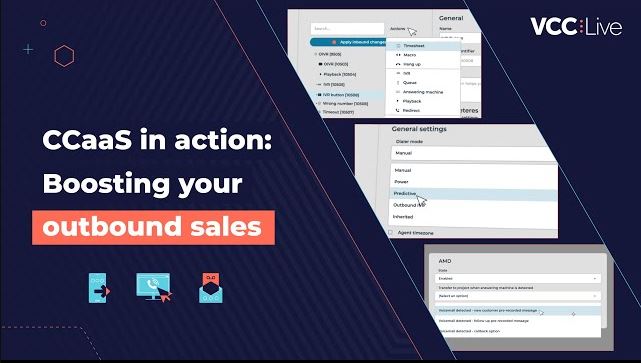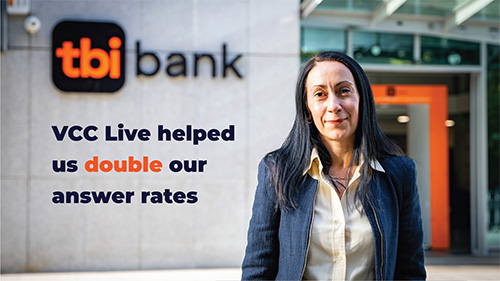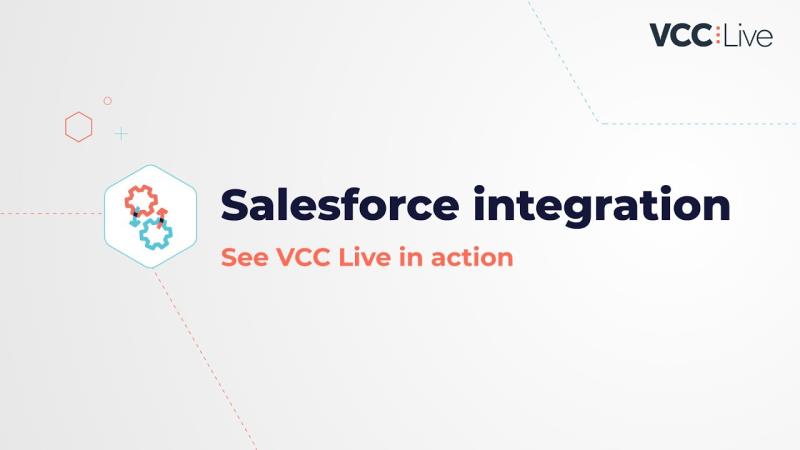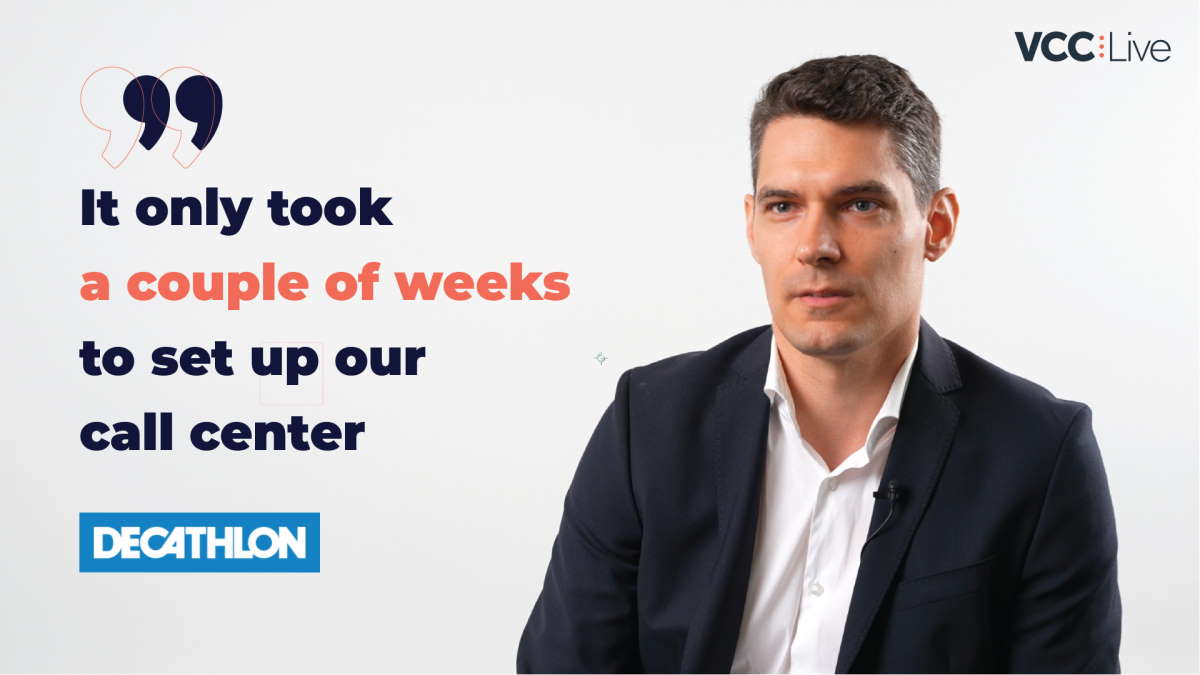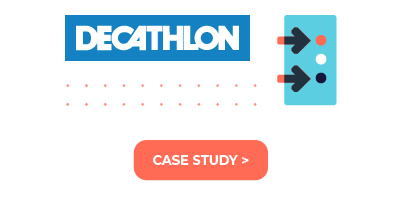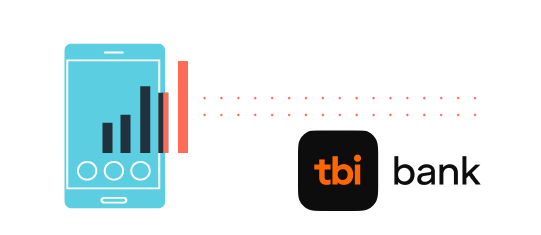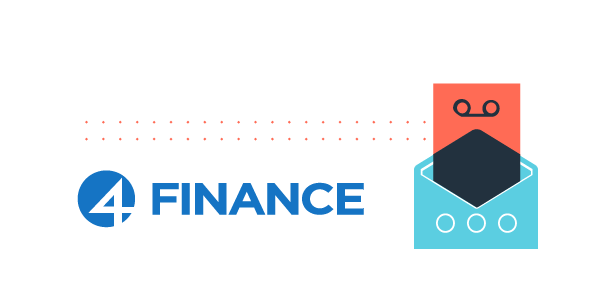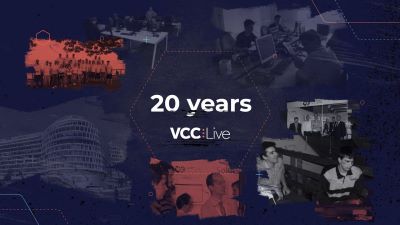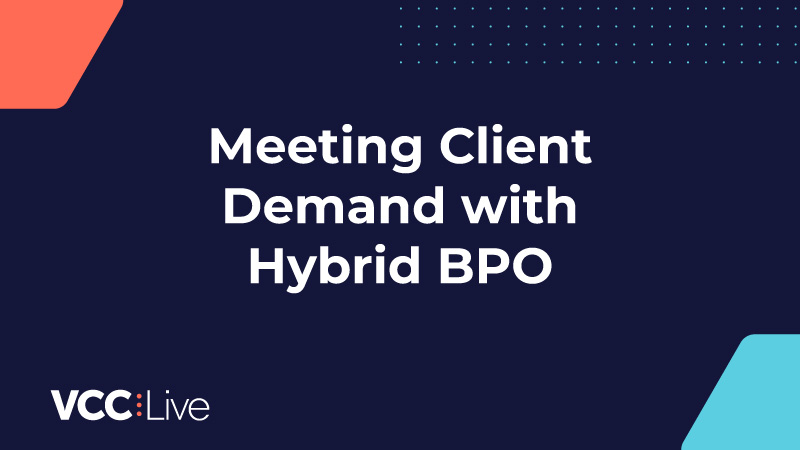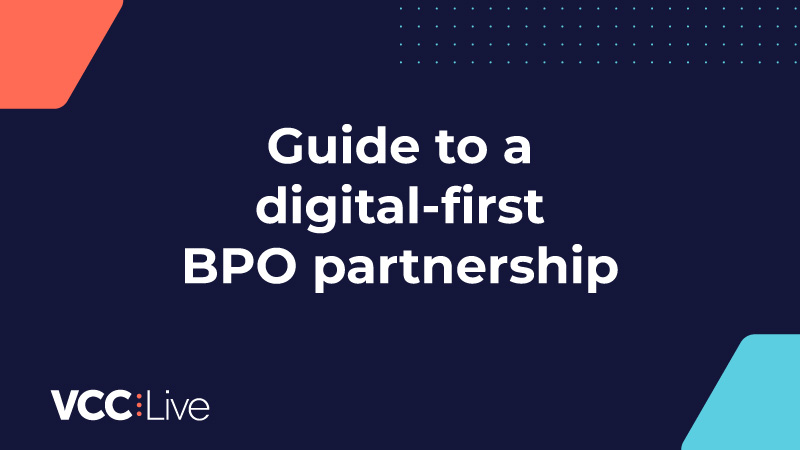Clients expect their partners to adapt to changing needs – not the other way around. The BPOs that thrive are the ones that build flexible, hybrid models around client demand.
Hybrid outsourcing means combining different delivery models (in-house teams, shared service centers (SSCs), and BPO partners) into one connected ecosystem. It’s a practical response to how modern organizations operate: distributed, data-driven, and under pressure to deliver more with less.
Hybrid BPO sourcing: when flexibility becomes the model
For most enterprises, outsourcing decisions are no longer about replacing in-house capacity. They’re about balance.
A growing number of organizations now use hybrid sourcing structures that let them scale up or down across locations and delivery types. Research from Capgemini found that companies using hybrid setups achieve:
- Over 30% in cost savings
- 75% higher transparency
- Up to 78% improvement in efficiency and quality
- 100% faster delivery in key processes
These results show why hybrid sourcing has become the default model. It gives clients control and visibility while allowing BPOs to play a more strategic, long-term role in operations.
One: a working model for hybrid partnerships
One Hungary is a good example of how hybrid sourcing works in practice.
To strengthen its contact center network, the company connected its SSC and external BPO providers under one cloud-based platform.
By doing this, One gained a unified view of all operations from inbound support to outbound sales across multiple delivery partners. Real-time dashboards and shared performance data made collaboration smoother and decision-making faster.
This kind of model doesn’t separate in-house and outsourced work but blends them. The result is consistency, scalability, and stronger accountability between client and provider.
Hybrid working: the new normal for BPOs
Hybrid sourcing is only one side of the story. The workforce itself has gone hybrid too.
According to Deloitte, 42% of BPOs and 73% of SSCs now operate in hybrid work models. It’s a setup that combines office-based collaboration with remote flexibility — and it’s proven to improve both business continuity and employee satisfaction.
Cisco’s research supports this shift: more than 70% of employees across all age groups say they prefer hybrid work. For BPOs, this means attracting and keeping top talent now depends on how well they can support remote operations while maintaining service quality.
Hybrid work has gone from a contingency plan to a core business model.
Building partnerships that can move with the client
The real strength of a hybrid BPO model is its ability to evolve alongside the client. It’s built for change, keeping market shifts, seasonal spikes, technology upgrades, or global expansion in mind.
BPOs that invest in flexible operating frameworks, shared digital tools, and transparent performance metrics will find themselves positioned as strategic partners, not just vendors. And enterprises that choose these models gain the agility to move fast without losing control.
Hybrid isn’t a temporary stage between traditional and digital outsourcing. It’s the long-term shape of successful partnerships.
Are you keeping up with hybrid BPO expectations?
Hybrid BPO models redefine what flexibility means in outsourcing. They give clients more influence, providers more stability, and both sides a shared goal: to scale intelligently.
If you’re a BPO, now is the time to look at whether your setup can shift as fast as your clients do.
The most resilient partnerships today are the ones that can quickly adapt to client needs.
